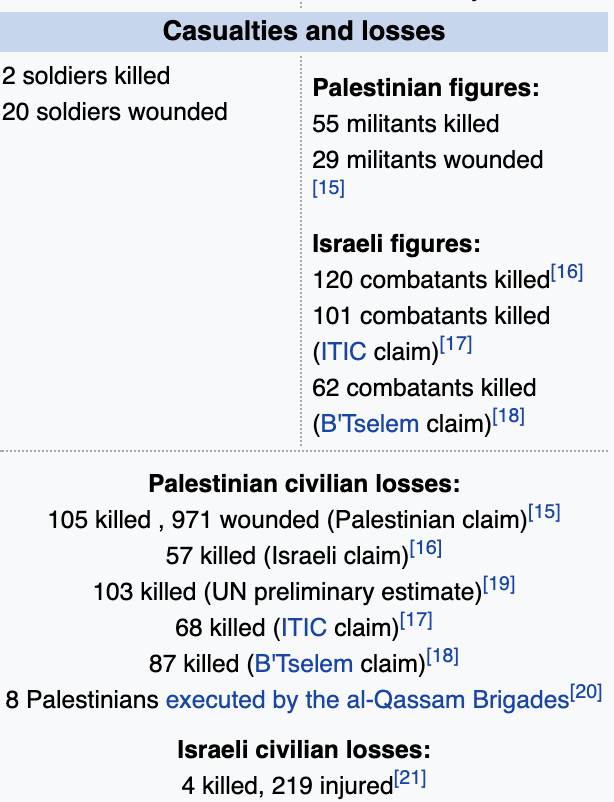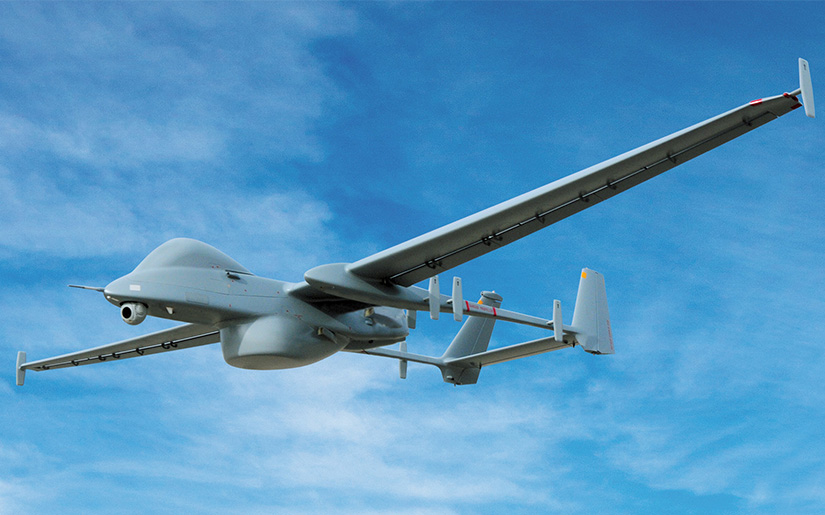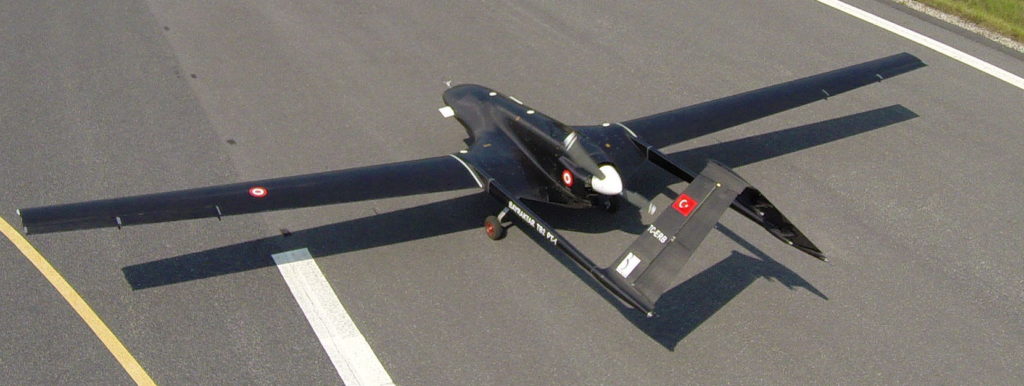As we discuss in our ongoing 3D Printing Drone Swarms series, additive manufacturing (AM) will play an increasing role in the production of all manner of semi-sentient robots. This has been demonstrated by unmanned aerial vehicles (UAVs), which are now being made in part with 3D printing for lightweight, custom designs. For this reason, we expect AM to be used for other drone-style bots as well, often for military purposes.
Over the past two installments, we have seen how the US and its allies have had huge successes through using drones in their war efforts and why they’re using 3D printing to make drones. Now, we’ll look at the effects of this.
Drone strikes on Afghan weddings are simultaneously a war crime and a cliché. America’s quest for total information awareness and to bring the immediacy of a video culture to decision making in war have led to an incredible ability to harvest video and other sensor data from the battlefield. The ability to see and marshal troops instantly, as well as to undertake precise targeted killings, have driven the U.S. and allies to evermore use of drones. The fact that the U.S. serviceperson sits in a shipping container in Texas and is unlikely to get an injury worse than carpal tunnel syndrome has led to leaders’ use drones more and more often.

Image courtesy of the Bureau of Investigative Journalism.
At the same time, protests have grown against the use of drones in war. The precision of drones and their “targeted strikes” have also masked a lot of real devastation and loss of life. The above table by the Bureau of Investigative Journalism shows that from 2010 to 2020 the US has killed over 900 civilians with drones. In other publications numbers seem to show that 90% of people in some strikes are not the target, and others concur.
At the same time, the success of unmanned aerial vehicles (UAVs) in war is being emulated. Russia—but more so China and Turkey—has moved into making drones. Recently, UAVs have decided battles in potentially explosive regional conflicts worldwide. Rather than bring about peace through deterrence, drones seem to have made war more accessible and easy to prosecute. At the same time, a real democratization of military drones is occurring, spurned on by the huge successes that countries with drones have had.
In the 1999 Kargil war between India and Pakistan, India gained back the Kargil territory. Initially, the Indians were left without any viable reconnaissance platforms. They had very little knowledge of Pakistani positions and movement. This was quickly resolved through Heron and Searcher drones were pressed into battle giving India awareness and an advantage which ended up aiding it greatly in the conflict. The country subsequently bought Harops and other UAVs in great numbers while Pakistan started making its own.
In the brutal war that the Sri Lankan government won over the Tamil Tigers (LTTE), UAVs played an essential part. Using Israeli Searcher MK II drones was, “the key contributors to operational success against the LTTE with 1665.49 operational hours during 265 operational missions,” according to the Sri Lankan air force. The country has subsequently prohibited drones.
The 2008 Russia-Georgia conflict over South Ossetia was precipitated by UAV overflights by both parties. Drones, both armed and unarmed, were used for reconnaissance and general annoyance, as well as to stretch the bounds of international law. The feisty Georgians were initially able to hold their own because they had Hermes 450 drones.
“After the war, Russian officials and military analysts said much of the blame for the military’s performance was due to the poor quality of its drone fleet. Unable to gain real-time intelligence on the ground, the Russian top brass sent fighter jets and long-range bombers on reconnaissance and close air support missions before Georgia’s air defenses were neutralized, leaving them vulnerable to being shot down.Russia defense expert Roger McDermott wrote that as ‘calamitous’ as Russia’s losses due to poor intelligence were, they could have been much greater if Georgia used its air-defense platforms more efficiently,” said the AFP.
For many this was a proof point that drones were a very effective thing for small nations to invest in.
In November 2012, the Israeli Operation Pillar of Defence was a putative assault on Gaza that used drones, rockets, and aircraft. The Israeli military was able to directly engage Hamas and other groups without having to enter the territory with tanks and large numbers of troops. This made the war much more palatable at home and abroad and minimized losses on the Israeli side. As is often the case, the numbers were muddled, but, overall, we can see the advent of a war where very few to no combatants die, only civilians.

In the current Azerbaijan-Armenia conflict over Nagorno Karabach, drones have yet again played a decisive part.
“Azerbaijan dominated the battlefield and seemingly annihilated forces opposing them. Much of their success seems to lie in the effectiveness of their newly-acquired drone fleet,” according to Forbes.
Using Turkish supplied Bayraktar, TB-2 drones they destroyed, “250 armored vehicles and a similar number of artillery pieces, plus 39 air-defense systems”
According to the FT:
“Michael Kofman, director of the Russia Studies Program at CNA, a US-based national security research centre. ‘In general what you see is Armenia fielding a sizeable tank and artillery force that lacks the ability to defend itself from modern precision-guided weapons.'”
Imagine being a dictator somewhere or a resource-constrained country with a high degree of security instability; what would you invest in? The Turkish Bayraktar TB-2 drones also cost $5 million, which is not a lot of money for an aircraft. An aging Sukhoi SU 25 ground attack aircraft would cost double that. In regional conflicts, we can see that in some of the most explosive places in the world, there is likely to be a drones arms race. Imagine being an Indian or Pakistani military planner. Someone working for Turkey, Azerbaijan, Armenia, Lebanon, Saudi Arabia or Iran. All of the generals in all of the tinderboxes will want drones.
Subscribe to Our Email Newsletter
Stay up-to-date on all the latest news from the 3D printing industry and receive information and offers from third party vendors.
Print Services
Upload your 3D Models and get them printed quickly and efficiently.
You May Also Like
Havaianas Collaborates with Zellerfeld to Launch 3D Printed Flip-Flops
The shoe of the summer is undoubtedly the flip-flop. Easy on, easy off, your feet won’t get sweaty because there’s not much material, and they’re available in a veritable rainbow...
UCLA Researchers Develop 3D Printed Pen that May Help Detect Parkinson’s Disease
Diagnosing Parkinson’s disease is difficult. Often, early symptoms of the progressive neurological condition may be overlooked, or mistaken for signs of aging. Early diagnosis can help save lives and improve...
Printing Money Episode 30: Q1 2025 Public 3D Printing Earnings Review with Troy Jensen, Cantor Fitzgerald
Printing Money is back with Episode 30, and it’s that quarterly time, so we are happy and thankful to welcome back Troy Jensen (Managing Director, Cantor Fitzgerald) to review the...
Heating Up: 3D Systems’ Scott Green Discusses 3D Printing’s Potential in the Data Center Industry
The relentless rise of NVIDIA, the steadily increasing pledges of major private and public investments in national infrastructure projects around the world, and the general cultural obsession with AI have...


































